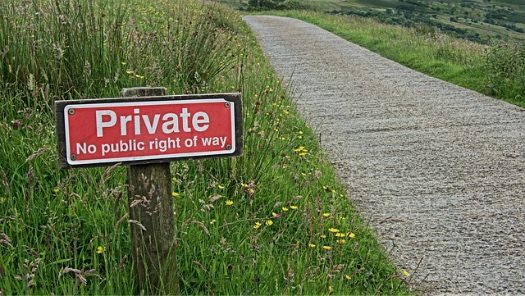
June 14, 2017; CityLab
Feargus O’Sullivan in CityLab asks, “Did London’s Housing Crisis Help Spark a Fatal Blaze?” The thrust of the story, however, aims at design and management failures by the private contractors who were hired by the local government, which owns the property.
The prospect of a high rise fire is terrifying for households and their families. High rises are supposed to be designed to address two somewhat contradictory scenarios: shelter in place and orderly evacuation in the absence of working elevators. At Grenfell Hall, it appears that both principles were violated.
The principle of shelter in place holds that the high rises are designed with firebreaks that keep fires contained and most residents safe from flame and smoke. That principle seems to have utterly failed at Grenfell Tower. Instead of confinement, the installation of a new aluminum facade funneled the fire upward from floor to floor and into apartments through the windows, which are not designed to be firebreaks.
The principle of orderly evacuation seems likewise to have been violated. O’Sullivan reports that there was just one stairwell and it was cluttered. NPR quotes a tenant’s harrowing escape from a lower floor. “He described a perilous situation: ‘Only one fire escape to get down, and apparently that caught on fire,’ he said. ‘And the fire alarm that was going off, that wouldn’t have woken no one up. It was as silent as it could be.’”
Sign up for our free newsletters
Subscribe to NPQ's newsletters to have our top stories delivered directly to your inbox.
By signing up, you agree to our privacy policy and terms of use, and to receive messages from NPQ and our partners.
Among the other failures was the management’s decision to ignore tenant warnings about fire safety. There’s some evidence from residents that efforts to communicate tenant concerns were met with threats of retaliation. O’Sullivan asserts, “When protests about KCTMO [the management/development company] appeared on the residents’ association blog, the borough had lawyers send letters demanding the post be taken down…People living in the block were either ignored or threatened by contractors when they raised their concerns.”
What’s not clear yet is why local government, which owns the property, failed to address tenants’ concerns. Could it be that public officials believed that they outsourced their duty to citizen safety?
Fire in a high rise is always a risk. Rehabbing an occupied building creates a whole new set of problems. It may be significant that, according to reports, the company in charge of property management was also overseeing the rehabilitation of the building. This dual mission may have created conflicts of interest between tenant safety and construction efficiency within the management team. Joseph Downing writes in CityLab,
As the inquiry into this disaster unfolds, it is likely that the decision-making mechanisms and accountability structures in this complex arrangement will be examined carefully. Yet as social housing tenants who complain about repairs will know only too well, it is likely that the investigators will find it difficult to determine exactly what has happened—and which party in this confusing arrangement is at fault.
Educating high rise residents is critical to fire safety. Most high rise residents are newcomers to this unique urban environment. Few residents are “native high-risers,” and over and over again, it’s clear that the real first responders are trained, courageous neighbors. Fire safety training also helps with community bonding. The tenants had been organizing; they were trying to save themselves, but nobody listened. It’s a sign that perhaps privatization of public housing is not a great idea.—Spencer Wells













